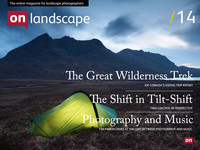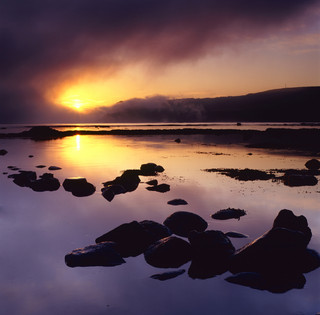Paul Arthur on the move to Professional

Paul Arthur
Paul is a commercial architectural photographer in Birmingham and sometimes dabbles in a little landscape photography when he is allowed out!
When I bought my first digital camera seven years ago, I hadn’t remotely considered that it might one day provide a career for me to follow. Over time, it occurred to me that I could perhaps one day make a living from it, and eventually, I decided it would be the career for me. In this article, I shall explain what I actually do as a professional photographer, and you’ll see what great opportunities I get for exploring my first (and still my greatest) love in photography – the landscape.
At the time I bought that camera, I was working as a financial advisor and struggling through day after day at a desk, travelling to meetings with clients, attending networking events and above all, attempting to persuade people to spend their money with me instead of with all the other advisors who were doing exactly the same thing.
This hectic business lifestyle and the 50 hours a week spent living it meant that I didn’t really have any time to devote to my landscape photography. In the end, the only time I had to make landscape images was when I was away on holiday, or the occasional free weekend when I was able to leave early on Friday night and work my way over to Wales, or down to Cornwall. This isn’t news to anyone. As landscape photographers, we all have trouble finding the time to get out in to the landscape, struggle against the conditions and, especially if you live in the Midlands, the long journeys you have to endure to get there.
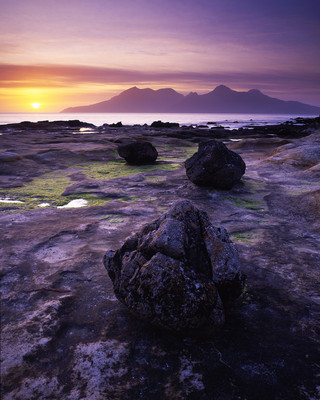 Once I made the change to professional photography, however, I was motivated, I was determined, I was sure. I confidently told my wife how fantastic it all was that now I was going to be able to spend lots of time in different parts of the UK, in all seasons, really working on my landscape portfolio, and would be able to make a name for myself as a landscape photographer too. “Joe Cornish, here I come!”
Once I made the change to professional photography, however, I was motivated, I was determined, I was sure. I confidently told my wife how fantastic it all was that now I was going to be able to spend lots of time in different parts of the UK, in all seasons, really working on my landscape portfolio, and would be able to make a name for myself as a landscape photographer too. “Joe Cornish, here I come!”
Errr…. No.
Any business owner knows that cash flow is the absolute most important aspect in the survival (or not) of a business, especially one that is a new venture. So in order to survive, my first few years as a professional photographer were spent struggling through day after day at a desk, travelling to meetings with clients, attending networking events and above all, attempting to persuade people to spend their money with me instead of with all the other photographers around doing exactly the same thing. Sound familiar?
Now that I’m more established, I admit that it is much easier to generate an income, and I do get to shoot commissioned work several times a week, but the flip side is that I always have editing to do, meetings to attend, and photoshoots to plan and execute. I still have to market myself and have to do a lot of client management on top.
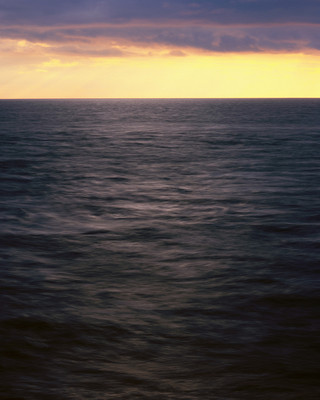 This week is a good example. Today is Monday and I spent the morning meeting a company that specialise in Search Engine Optimisation, as I want to improve my company’s presence on the internet. This afternoon, I’ve been editing the images from a jewellery photoshoot that I completed on Friday, as well as printing some images for a networking meeting tomorrow, looking back at my archive for another client and scanning some old images for someone else. Tomorrow I will be up at half past five for a breakfast meeting, then on to a planning meeting for a commercial shoot; Wednesday is a portrait photoshoot and a lunch meeting. Thursday and Friday are set aside for editing, marketing, and finishing off the tax return.
This week is a good example. Today is Monday and I spent the morning meeting a company that specialise in Search Engine Optimisation, as I want to improve my company’s presence on the internet. This afternoon, I’ve been editing the images from a jewellery photoshoot that I completed on Friday, as well as printing some images for a networking meeting tomorrow, looking back at my archive for another client and scanning some old images for someone else. Tomorrow I will be up at half past five for a breakfast meeting, then on to a planning meeting for a commercial shoot; Wednesday is a portrait photoshoot and a lunch meeting. Thursday and Friday are set aside for editing, marketing, and finishing off the tax return.
These days, as well as being a photographer, I’m an administrator, marketing manager, business development person, book keeper, accountant, photoshop guy and tea lady.
So, I bet you’re wondering how I’m getting on with all that landscape photography? Well, I’m afraid that instead of the 50 hours of work every week is now more like 60, which means that I don’t have that many spare weekends any more, and I can’t afford the holidays to the nice, photogenic locations. Frankly, it’s a wonder I make any landscape images at all.
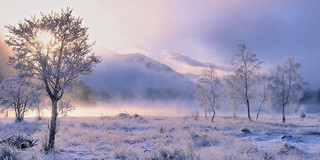 In fact, I do make a small part of my living from landscape photography, which is really lovely, but unfortunately the landscape photography market is so saturated with exceptional talent both in amateur and professional circles, that it is next to impossible for all but the real shining lights of the genre to make any kind of living from it alone. So there go my world domination plans and my dreams of untold riches earned out in the countryside with my camera.
In fact, I do make a small part of my living from landscape photography, which is really lovely, but unfortunately the landscape photography market is so saturated with exceptional talent both in amateur and professional circles, that it is next to impossible for all but the real shining lights of the genre to make any kind of living from it alone. So there go my world domination plans and my dreams of untold riches earned out in the countryside with my camera.
The solution then, is that if you love landscape photography and want to be a professional landscape photographer, you’re likely to make a much better living for yourself if you make sure that you’re also really good at another area of photography, because that’s where you’ll make the majority of your money.
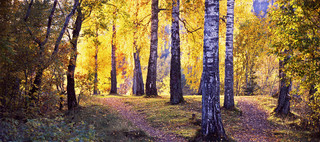 You may also find, like me, that your other photography greatly influences how you see the natural world and therefore how you photograph it. My day-to-day business is in architectural and portrait photography, and I’m certain that it has changed what I look for in the landscape and the way that I use it to communicate with the viewer. There are technical similarities of course in terms of the equipment I use and the way I use it, but it goes deeper than that. I try to distil what I see down to something that will make the viewer stop and think about the image, and this doesn’t happen if the image is simply descriptive.
You may also find, like me, that your other photography greatly influences how you see the natural world and therefore how you photograph it. My day-to-day business is in architectural and portrait photography, and I’m certain that it has changed what I look for in the landscape and the way that I use it to communicate with the viewer. There are technical similarities of course in terms of the equipment I use and the way I use it, but it goes deeper than that. I try to distil what I see down to something that will make the viewer stop and think about the image, and this doesn’t happen if the image is simply descriptive.
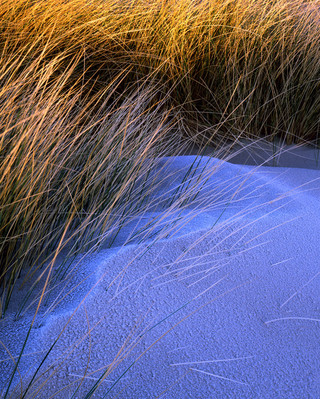 I feel that what really makes you stand out in these fields is a commitment to great composition and having an understanding of both strong, graphic lines and negative space. Photography that relies entirely on a subject is limited too much by it, and you won’t ever make an image that is greater than its content unless you use it to convey more to the viewer. Much like landscape photography, architectural photography is about making images of beautiful buildings in beautiful light, and much like landscape photography, a truly special image is one that combines those things with a composition that is more than a sum of its parts.
I feel that what really makes you stand out in these fields is a commitment to great composition and having an understanding of both strong, graphic lines and negative space. Photography that relies entirely on a subject is limited too much by it, and you won’t ever make an image that is greater than its content unless you use it to convey more to the viewer. Much like landscape photography, architectural photography is about making images of beautiful buildings in beautiful light, and much like landscape photography, a truly special image is one that combines those things with a composition that is more than a sum of its parts.
Robert Capa once said “If your pictures aren’t good enough, you’re not close enough” and although I’m sure he was talking about changing physical viewpoint, I think it actually applies just as well to our emotional relationship with what we photograph. If your images grab the viewer and shake them in to looking at the world differently, then you’re on to a winner.
Landscape photography is such a popular hobby for a reason, it’s incredibly rewarding to bring your vision of our beautiful landscape back in to your home, and also it’s perhaps the easiest genre to get started in. Unfortunately for us, pretty much everyone who photographs the landscape themselves is unlikely to buy one of your pictures, or mine.
There is however, a bright side. I’m now spending my life doing work that I love. The cliché that you should work to live, not live to work goes out of the window when you have a job that captivates you and drives you. I do still manage to make landscape images every now and then, and my experience in other genres undoubtedly influences the way I work in the landscape for the better.
And best of all? I still have that expensive hobby to which I can’t devote as much time as I would like, but now, it’s tax deductible!
Paul Arthur is a full time commercial photographer living and working in Birmingham. You can see more of his work at www.paularthur.net

